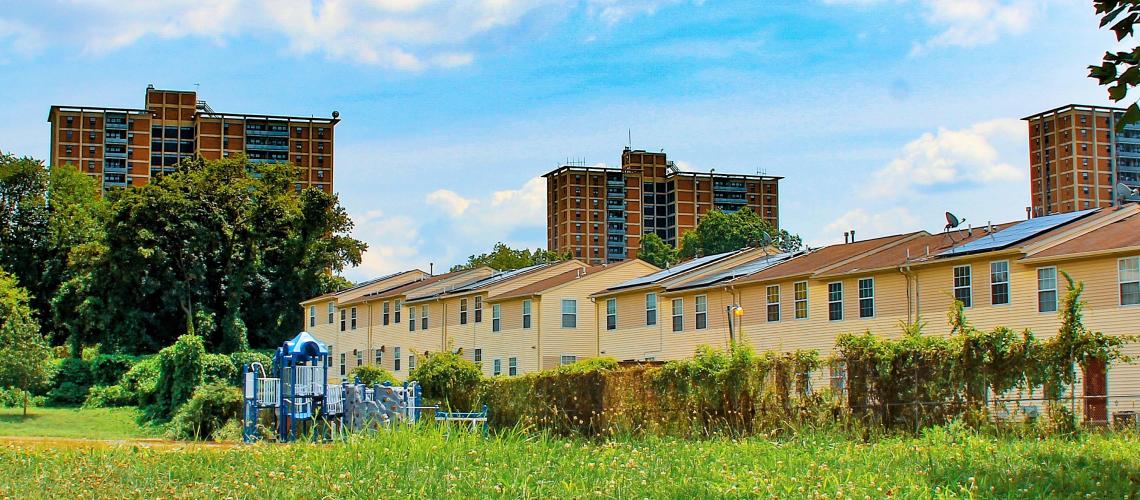The view is east toward the elevator towers of West Park Apartments in West Powelton. These refurbished “towers in the park” constitute the only remaining high-rise public housing project in West Philadelphia.
For three quarters of the past century, public housing has controversially served low-income residents of several West Philadelphia neighborhoods.
Three high-rise public-housing projects rose in West Philadelphia between 1953 and 1962: Mill Creek Homes in the Mill Creek neighborhood, Mantua Hall in Mantua, and West Park Apartments in West Powelton. In the mid-1950s, Haddington Homes in Haddington was the city’s first experiment with “used house” conservation. The concept of “row housing as public housing,” embodied in Haddington Homes, was developed more successfully at the turn of the Millennium at Lucien E. Black Homes in Mill Creek.
Stories in this Collection
 The Philadelphia Housing Authority, with funds allocated by the Housing Act of 1949, built high-rise, modernist apartment buildings in West Philadelphia in a failed effort to provide adequate housing for the area’s low-income black population. Three high-rise projects rose between 1958 and 1962. In the two postwar decades, the Authority also experimented unsuccessfully with “row housing as public housing.” |
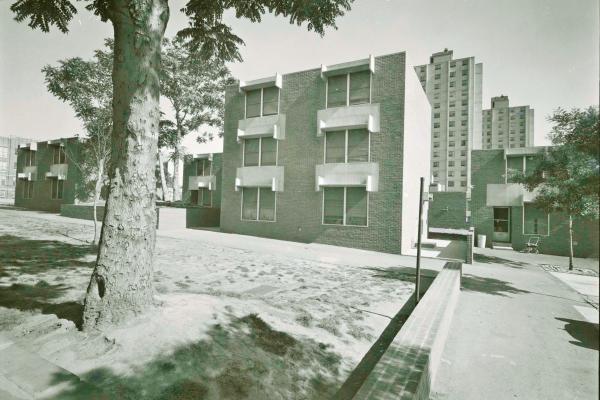 Mill Creek Homes, a Philadelphia Housing Authority project planned by the modernist architect Louis I. Kahn, was implemented in the Mill Creek neighborhood in a reduced version of Kahn’s original design. The project was built in two phases from 1953 into the 1960s. Its dominant feature was a complex of three 17-storey high-rise apartment buildings that loomed above Fairmount Ave. and Aspen St. east of Sulzberger Junior High School. Two- and three-storey low-rises spread out below the high-rises. Over the years, the project deteriorated in the face of poverty, crime, mismanagement, and reductions in public housing funding. |
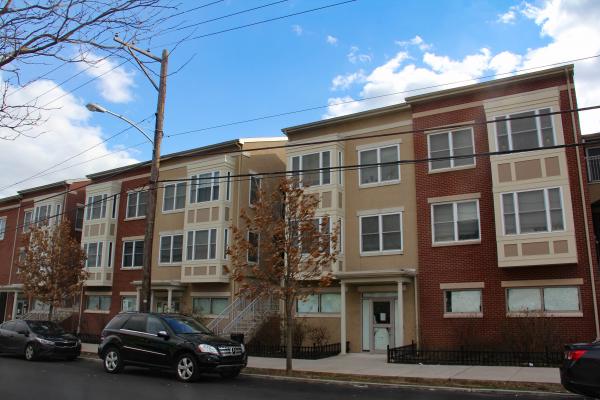 Mantua Hall, a high-rise public housing edifice, opened in 1961 in the working-poor, black-segregated neighborhood of Mantua. Located on a two-acre site on the 3500 block of Fairmount Avenue, it was an 18-storey, 153-unit modernist tower built to house 495 people. In the coming decades, it would fall prey to the social ills that vexed urban America in the half-century after World War II. |
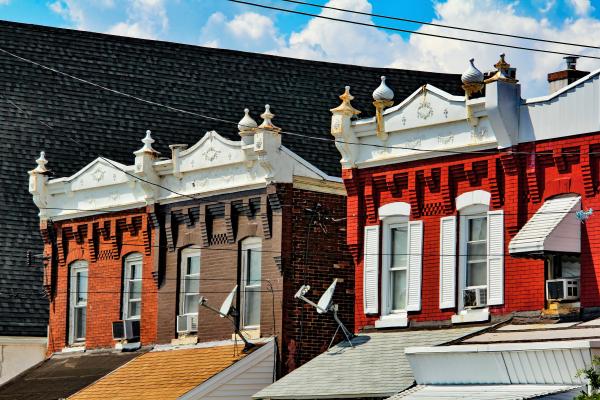 Consistent with the 1954 Housing Act’s emphasis on housing rehabilitation, or conservation, the Philadelphia Housing Authority (PHA) designated 200 abandoned or badly deteriorated houses for conservation and single-family occupancy in the Used Housing Program in Haddington, a working-class neighborhood in racial transition. The late 1950s–early 1960s experiment with “row housing as public housing” was not successful. In the early 21st century, the PHA built two new low-rise projects in this now African American neighborhood: Haddington Homes and Arch Homes. |
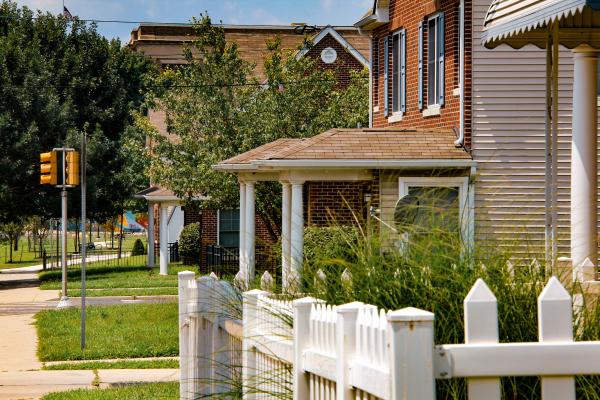 At the turn of the Millennium, the Mill Creek neighborhood was beset by population loss, building abandonment, graffiti, and drug-related crime. A traumatizing mass shooting would lead to a radical reconceptualization of public housing and a new round of urban redevelopment. Stressed by social ills and mismanagement, Mill Creek Homes was in a state of neglect and disrepair. The project’s replacement, begun in the first decade of the new century, was suburban-style Lucien E. Blackwell Homes. The Public Housing Authority’s criteria for selecting eligible residents would disqualify chronically poor families. |
 The Philadelphia Housing Authority completed West Park Apartments, a complex of three high-rise apartment buildings, in 1962. The housing development sits on a ridge in the West Powelton neighborhood just north of the Market Street Elevated’s 46th St. station. In the 2010s, the project’s buildings were rehabilitated, and the surrounding parkland was spruced up. West Park Apartments contains elements of the “towers in the park” concept associated with the 20th-century Swiss/French architect and urban planner Le Corbusier.
|
